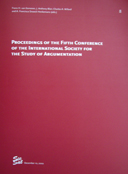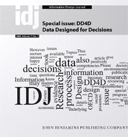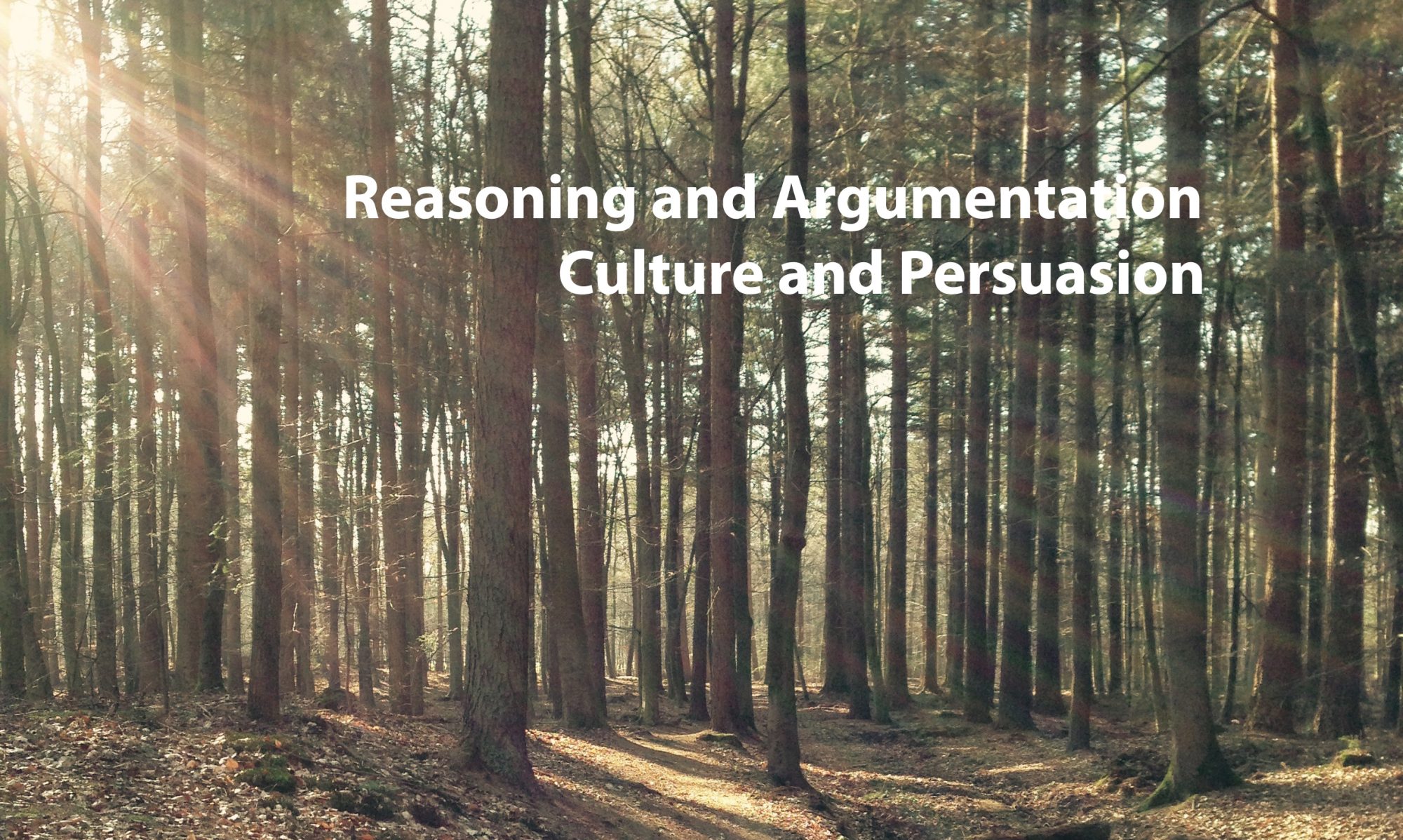 Persuasive texts, such as advertisements or public information brochures, are written to convince the readers to behave in a certain manner, like buying a DVD-player or stop smoking. These texts are generally characterised by pragmatic argumentation, by which an action is recommended on the basis of its favourable consequences. In order to enhance the persuasive power of these texts, writers can support their claims with different types of evidence, like statistical information or anecdotes. The text writers’ preference for certain types of evidence might be influenced by their cultural background. A cross-cultural corpus study consisting of Dutch and French persuasive brochures will be presented. We will first outline our theoretical framework by discussing the role of pragmatic argumentation (section two) and evidence types (section three) in persuasive communication.
Persuasive texts, such as advertisements or public information brochures, are written to convince the readers to behave in a certain manner, like buying a DVD-player or stop smoking. These texts are generally characterised by pragmatic argumentation, by which an action is recommended on the basis of its favourable consequences. In order to enhance the persuasive power of these texts, writers can support their claims with different types of evidence, like statistical information or anecdotes. The text writers’ preference for certain types of evidence might be influenced by their cultural background. A cross-cultural corpus study consisting of Dutch and French persuasive brochures will be presented. We will first outline our theoretical framework by discussing the role of pragmatic argumentation (section two) and evidence types (section three) in persuasive communication.
- Hornikx, J., Starren, M., & Hoeken, H. (2003). Cultural influence on the relative occurrence of evidence types. In F. H. van Eemeren, J. A. Blair, C. A. Willard, & A. F. Snoeck Henkemans (Eds.), Proceedings of the fifth conference of the International Society for the Study of Argumentation (pp. 531-536). Amsterdam: Sic Sat. [pdf]
 In this second edition of Persuasion: theory & research, Daniel O’Keefe gives a state-of-the-art overview of theories and research in the field of persuasion. The author has succeeded in providing an introductory text for (under)graduate students that discusses classic and more current theoretical perspectives that have been or will be prominent for the study of persuasive effects (chapters 2-6).
In this second edition of Persuasion: theory & research, Daniel O’Keefe gives a state-of-the-art overview of theories and research in the field of persuasion. The author has succeeded in providing an introductory text for (under)graduate students that discusses classic and more current theoretical perspectives that have been or will be prominent for the study of persuasive effects (chapters 2-6).
